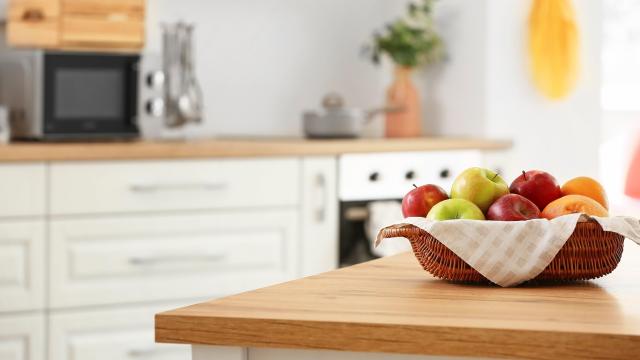You want to eat healthier, but can’t stop reaching for junk food every time you’re hungry. You want your kids to fold and put away their clothes, but you’re sick of asking — and reminding — them 27 times a day. (And you also don’t feel like creating a colour-coded “rewards chart” where they get prizes for doing the bare minimum). You’d like your spouse to remember to do the dishes, but you don’t want to nag. (Wow. You’re nice.)
It turns out there’s a way to get people (and yourself) to do more of the things you need and want to do without pummelling them with the sound of your voice. It’s called nudge theory.
What is nudge theory?
Nudge theory, a term developed and coined by Richard Thaler, a professor of economics and behavioural science at the University of Chicago, is the practice of shaping one’s environment, or its “choice architecture,” to encourage people to make a certain decision. Nudging uses small, subtle reminders and indirect suggestions to influence behaviour rather than ultimatums, obvious incentives, or strict enforcement.
A key to the nudges being effective, however, is that the person being nudged does not perceive any restriction in their options. It must be subtle — and they must “maintain freedom of choice and feel in control of the decisions they make.” As outlined in his 2008 book Nudge: Improving Decisions About Health, Wealth, and Happiness, co-written with Cass Sunstein:
“A nudge, as we will use the term, is any aspect of the choice architecture that alters people’s behaviour in a predictable way without forbidding any options or significantly changing their economic incentives. To count as a mere nudge, the intervention must be easy and cheap to avoid. Nudges are not mandates. Putting fruit at eye level counts as a nudge. Banning junk food does not.”
(Fun fact: One famous example of a nudge is the “urinal target,” an image of a fly or bee etched inside a urinal to “encourage users to aim in a particular place.” Which, interestingly, was present in the commodes made by a gentleman named Thomas Crapper of England — and yes, this is where the toilet got this nickname.)
How to nudge yourself toward better decisions
To apply nudge theory in your own life, think about small tweaks you can make in your environment to guide yourself (or others) to the decision you’d like (them) to make. Often, visual cues are helpful. Want to start running more? Place your sneakers by the door. Want to remind yourself to go on bike rides? Hang your bike on the wall at eye level. Want to eat healthier? Don’t tuck that fruit away — place it in the middle of your kitchen island to make it more likely you’ll grab a banana before a bag of Cheetos.
How to nudge others
When it comes to influencing others’ behaviour, Katy Milkman, a behavioural scientist at the Wharton School of the University of Pennsylvania advises timeliness. “Telling your partner in the morning to stop by the store in the afternoon will not be very effective, but sending them a text just as they get into their car after work will be,” she told CNN.
Milkman also advocates for reminders including “planning prompts” — getting people to make “concrete when, where, and how you’ll get there” statements to increase follow-through. As a parent, I’m happy to hear when my daughter puts off her homework or piano practice and I — masquerading as a semi-flexible and understanding parent say, “OK, what time will you do it? And how will you remind yourself?” — I’m not just being annoying. (Well, I probably am, but at least, according to an Ivy-league behavioural scientist, it’s effective.)
And it also works for discouraging certain behaviours. If you want to nudge yourself to not do something, design small barriers between yourself and the behaviour you want to decrease. If you want to stop checking your phone every five minutes, put it on a high shelf in another room. If a business wants its employees to drink more water, they’ll place that near the cash register and move the soda to a harder-to-reach spot. (See here for more examples of effective nudges.)
Make choices in advance
Milkman adds that, “We think much differently when we make choices for now versus later.” Tomorrow, we want to work out, but tonight, we just want pizza and the remote. Because we typically want to do better, healthier things for ourselves in the future, it helps to nudge people (including ourselves) to make decisions in advance. Meal plan on Sunday, sign up for a class at the gym a few days in advance. Doing this will get people’s behaviour more aligned with their long-term intentions, rather than what they simply want right now.

Leave a Reply
You must be logged in to post a comment.